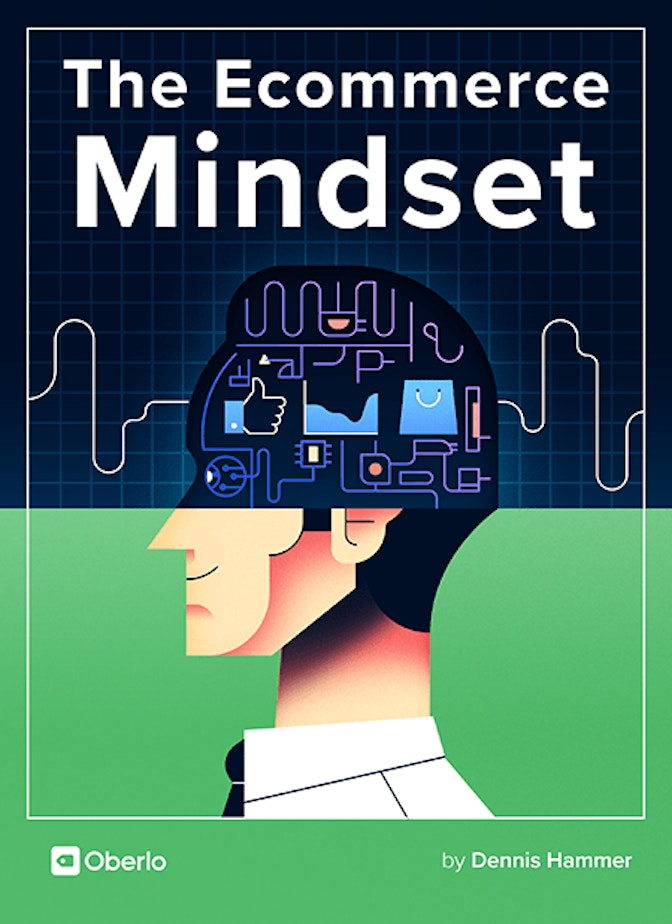As an entrepreneur, you must know the importance of understanding your customer. You know you need a comprehensive profile of the type of person who will buy your product, so you can create specific copy, images, and a shopping experience that speaks to them and converts them into customers.
Even if they don’t do extensive research, most ecommerce store owners know this too. They value a deep understanding of their customer, just like you.
And yet, many store owners make a critical mistake that absolutely hamstrings their sales:
They confuse their customers with themselves.
It’s actually easy to confuse yourself with your customers. You might design a website you like, create offers you would buy, or write copy that appeals to you. Maybe you like vibrant colors on your images and pop culture references in your product descriptions. But if your ideal customer is expecting a subtle, classy experience, you’ll put them off right away, even if they like your product.
“All too often, leaders think that their personal experiences with their brand are accurate reflections of all customers’ experiences with their brand,” says Brooke Niemiec, Chief Marketing Officer of Elicit, a consultancy helping businesses adopt customer-centric approaches. “They make decisions based on what would personally make them happier, and focus on details of the experience that matter to them. In doing so, however, they forget that many (if not most) customers have different needs, interests, and experiences.”
You may be thinking, “But wait! I am my customer. I experience the same problems/pain points/needs as my customers. I fit the demographic. I would buy this stuff!”
That may be true, but treating yourself as a customer can force upon you a dangerous tunnel vision that prevents you from asking the tough questions, experimenting with new ideas, and testing variables.
In other words, you might create a habit of defaulting to your preferences, rather than considering your customers’ needs.
Carolyn Goodman, president and creative director of Goodman Marketing Partners, experienced this phenomenon firsthand. While they were going over the logistics of a promotion for a client, the client complained the campaign wouldn’t work because people only use mobile devices to surf the web.
“Nobody works at a desktop anymore,” her client said. “Everybody will access it via their mobile device.”
Carolyn pointed out that while it’s true the number of mobile users is growing, there are still plenty of desktop users. Nevertheless, broad generalizations like this don’t matter. What’s important is what their customers use. After a quick dive into the client’s analytics, they discovered that a majority of users accessed the client’s website on a desktop device.
In this story, Carolyn’s client mistook his preference for his customers’ preference.
He assumed that because he accessed the web exclusively through his mobile device, everyone else must behave the same way. Had they designed a mobile-only experience for their customers, they may have alienated a large percentage of the target market.



How to Get Out of Your Head and Into Your Customer’s
When you confuse yourself with your customer, you’re really just filling in the blanks with your own preferences. If you understood your customer like the back of your hand, you wouldn’t have to supplement anything with your own tastes.
First, accept the following:
→ Click Here to Launch Your Online Business with Shopify
You do not know your customer as well as you might think.
You can’t learn about a person (or anything, really) if you already believe you know everything. Depending on your ideal customer and the complexities of their preferences, it might take years to learn everything you need to know.
This is a long-term process, and it never ends.
Earlier, we spoke about building buyer personas to create a profile of your customer types (including their problems, wants, needs, etc.). If you haven’t done so already, it’s critical you go back and start one now. Over time, you’ll continually refine your buyer persona as your understanding of your ideal customer grows.
Second, fight your instinct to fill in the gaps with your own preferences by constantly asking yourself hard questions, even if the answer seems obvious. Don’t settle for simple answers. After every question, follow up with, “Why?”
Here’s an explanation using a hypothetical scenario.
Say you sell watches. You want to curate more products for your store, so you ask yourself, “What type of watches do my customers prefer?” A quick dip into your customer data shows you that watches with bold colors and big faces sell the best.
That’s a valuable piece of data, but you have to follow it up by asking yourself, “Why?” Why do your customers like watches with bold colors and big faces?
This is a harder question to answer. You might have to dig around your analytics a little more. What else do they buy or view? Do you see any patterns or trends? Do these types of watches have more reviews? Do these pages get shared more?
You should also have actual conversations with your past customers. Ask them what attracted them to your store and about the products they purchased.
If you don’t have any customers yet, interact on social media with people who seem like they could be your customers.
Just make sure you’re interacting with people like your customer, not people like you.
“I see many business owners or freelancers talking to their peers online and not talking to their target market,” says sales and marketing strategist Angela Jacquin. If you spend a lot of time interacting with other ecommerce entrepreneurs, you aren’t learning about your customer.
In our example, you might learn that your customers have a preference for accessories that make a statement. They don’t just want a fun watch. They want a watch other people will notice. They want to express themselves through their watch.
This insight is applicable outside the scope of your products. You can use it to optimize your website, create marketing campaigns, and partner with other brands that exhibit similar values.
By asking yourself, “Why?” you get a more robust understanding of your customer.
It helps you answer not just the problem before you, but future problems as well, so you aren’t forced to supplement your preferences and habits when you don’t know something. It’s the best way to get out of your head and into theirs.



Create the Experience They Want
At times, you’ll find it hard to build their experience, rather than your own. Even though you know the words they prefer to read, the images they want to see, and the offers they want to buy, you’ll still be drawn to creating a shopping experience that pleases you.
Resist this urge at all costs.
If you find yourself slipping out of their head and back into your own, write checklists to get yourself back on track.
For instance, you might create a list of criteria for all your product photos, like this:
- Saturated color palette
- Used/worn/held by a woman
- No brand names or logos
- Pure white backgrounds
- Unique angle (if possible)
Then, whenever you need to upload product photos, you can check each one against your list of criteria. This list ensures you won’t publish images that inadvertently please you, rather than your customer.
Remember: You are not your customer. If you put them first, they’ll reward you with their business.
[highlight]You can use lists for pretty much everything: Marketing campaigns, website design, customer service interactions/policies, social media posts, and so on.[/highlight]


